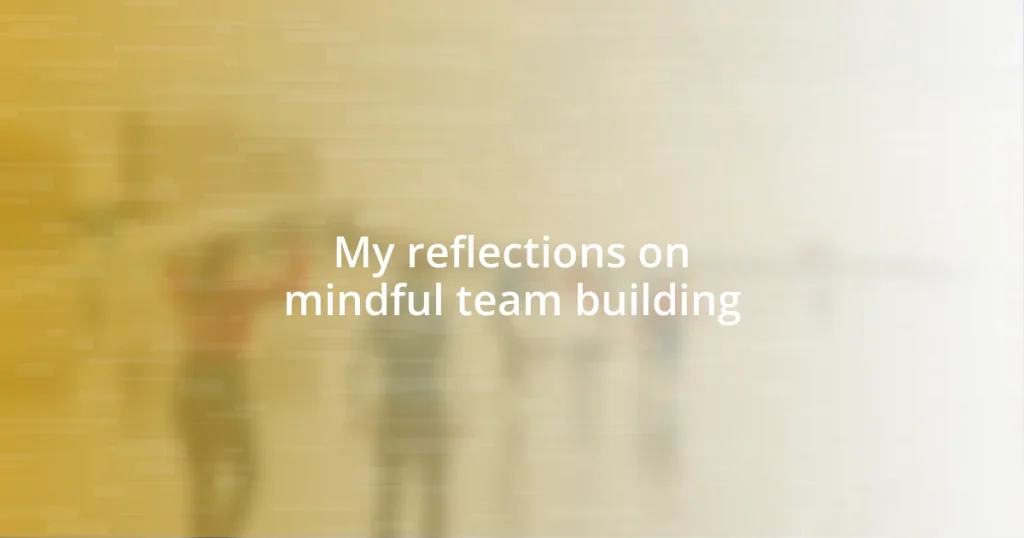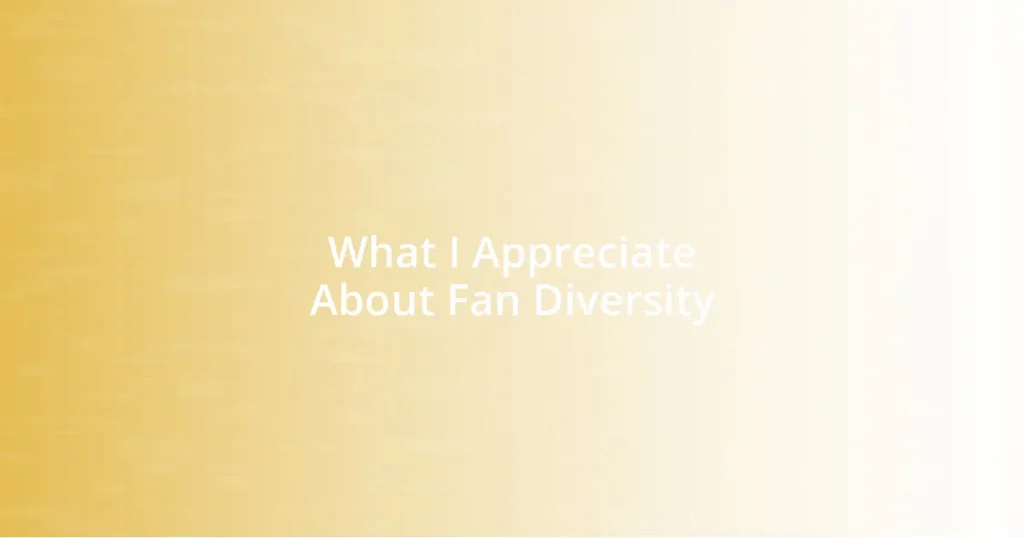Key takeaways:
- Mindful team building enhances communication and trust, fostering a safe space for open expression and connection among members.
- Incorporating mindfulness practices, such as breathing exercises and gratitude sharing, significantly improves team dynamics and promotes creativity.
- Regular check-ins and reflective activities help sustain mindfulness in teams, cultivating an enduring culture of connection and support.
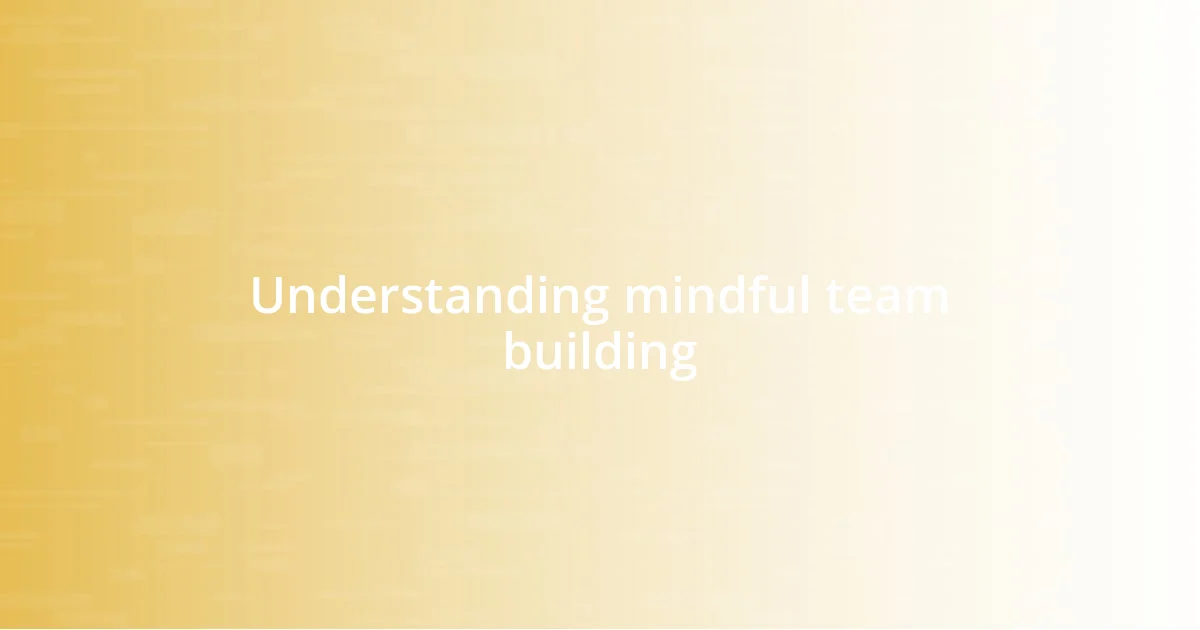
Understanding mindful team building
Mindful team building is all about fostering awareness and connection among team members. I remember a time when my team participated in a workshop focused on being present during our interactions. Suddenly, we weren’t just colleagues; we were people sharing experiences, which transformed our dynamics in a way I never expected.
Have you ever noticed how often we multitask during meetings? I’ve found that practicing mindfulness brings us back to the moment, encouraging attentive listening and open communication. When I consciously set aside distractions, I felt not only more engaged but also more valued by my peers—something that deepened our trust and collaboration.
The essence of mindful team building lies in creating a safe space where everyone feels comfortable expressing their thoughts and emotions. I recall a session where we engaged in a simple circle-sharing activity, and it struck me how sharing personal stories unlocked connections I hadn’t considered before. This emotional vulnerability can truly be a bridge to stronger teamwork, making us more empathetic and united in our goals.
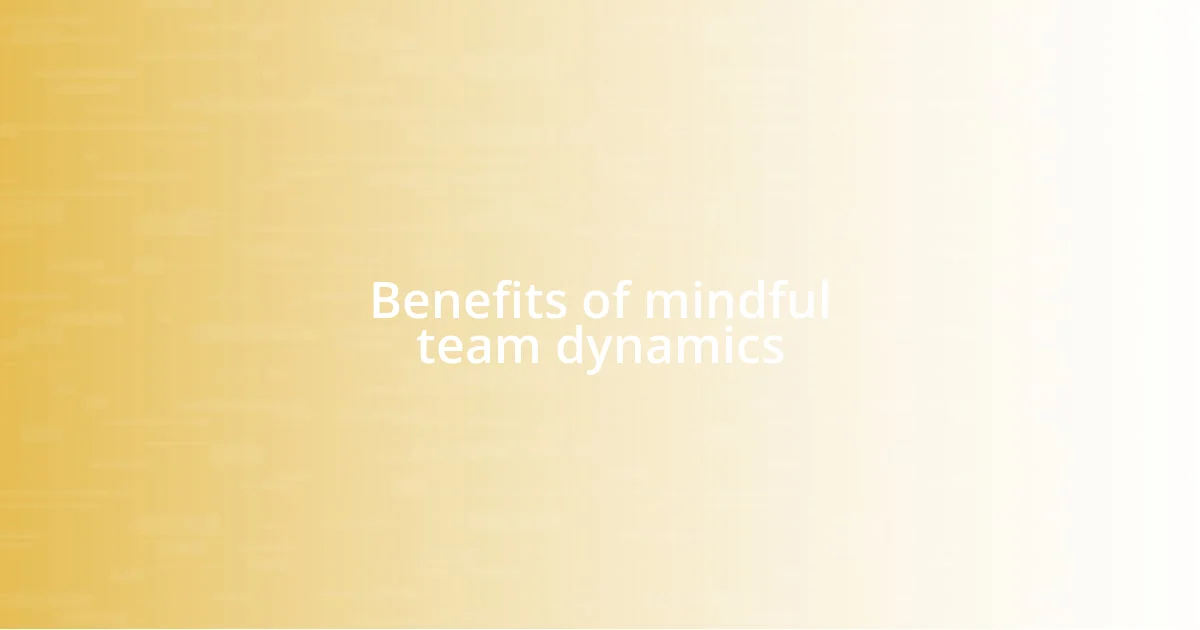
Benefits of mindful team dynamics
Mindful team dynamics significantly enhance communication within a group. I fondly recall a project meeting where we dedicated the first few minutes to practicing mindful breathing. The atmosphere shifted instantly. Team members were more present, leading to richer dialogue and fewer misunderstandings. That simple exercise transformed our conversation, helping us address challenges with clarity.
The impact of mindfulness extends to conflict resolution as well. On another occasion, during a heated discussion, we took a moment to pause and reflect on our feelings. This approach allowed us to express our frustrations without blame. As I shared my thoughts, I felt a wave of relief—our honesty fostered understanding and opened pathways to compromise, ultimately leading to a more harmonious collaboration.
Finally, I’ve noticed that mindful dynamics inspire creativity within teams. Engaging in reflective practices often leads to innovative solutions. For instance, after a series of mindfulness exercises, our brainstorming session became a torrent of ideas. The energy was contagious, and I was amazed at how a few mindful minutes could spark such creativity in our problem-solving efforts.
| Benefits | Insights |
|---|---|
| Improved Communication | Mindfulness encourages team members to listen actively and engage fully, facilitating a more effective dialogue. |
| Enhanced Conflict Resolution | Promotes understanding and empathy, allowing for healthy discussions during disagreements. |
| Increased Creativity | Mindfulness can lead to more open-minded brainstorming, unleashing innovative ideas. |
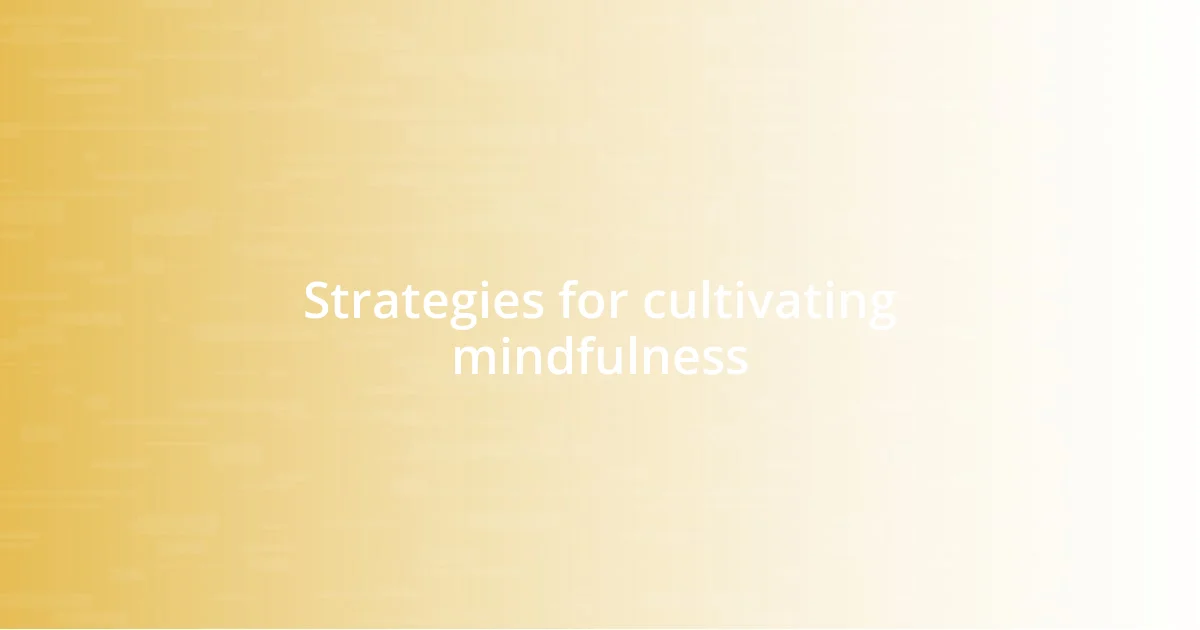
Strategies for cultivating mindfulness
Cultivating mindfulness in a team can be both rewarding and impactful. One strategy I practice is integrating short mindfulness exercises into our team routines, like starting meetings with a minute of focused breathing. I’ve noticed that this small shift creates an immediate sense of calm, allowing everyone to leave the busyness of their day behind. It helps to establish a groundwork of presence that sets the tone for open discussions.
Here are some effective strategies to consider:
- Mindful Breathing: Begin meetings with a few minutes of deep breathing to ground the team.
- Silent Reflection: After sharing ideas, allow a moment for everyone to reflect silently before discussing further.
- Check-ins: Regularly check in emotionally, asking team members how they feel to foster openness and connection.
- Gratitude Sharing: Encourage a practice of sharing something they appreciate about a teammate, boosting positivity and trust.
In my experience, when we embrace these strategies, the benefits are noticeable—our communication thrives, and the energy shifts toward collaboration rather than competition. Recently, I encouraged my team to maintain a “mindfulness journal” where we could jot down moments of clarity or insight during our discussions. I found it not only solidified our learning but also revealed a depth of personal growth that strengthened our bonds.
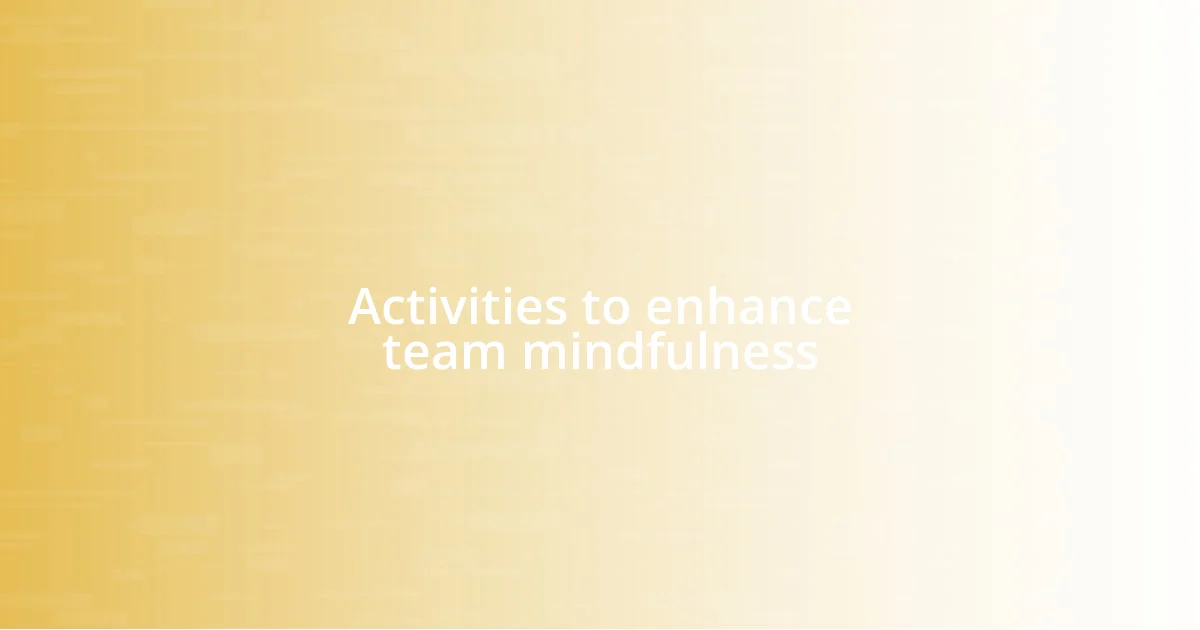
Activities to enhance team mindfulness
In my experience, a powerful activity for enhancing team mindfulness is reflective walking sessions. Recently, we decided to step outside for a walk, leaving our usual meeting space behind. During that stroll, we focused on the sounds of nature and our surroundings. It was remarkable how this simple change in environment allowed us to open up in ways we hadn’t anticipated. Walking together, we shared ideas more freely, and the casual setting broke down barriers, fostering deeper connections.
Another engaging practice I’ve integrated is creating a “mindfulness corner” in our workspace. We designated a small area with calming visuals and resources for meditation. I encouraged the team to take short breaks there whenever needed. This space became a sanctuary for us, a place to recharge and refocus. I often found myself drawn into that corner during hectic days, and I could feel the collective mindset shift toward positivity whenever we embraced those moments of stillness.
Lastly, incorporating storytelling sessions has added an enriching layer to our mindfulness efforts. I remember a session where we shared personal stories tied to our motivations and challenges. It wasn’t just about the stories; it was the listening that truly mattered. I could see the walls come down as empathy filled the room. By leaning into each other’s narratives, we cultivated not just mindfulness, but also a greater understanding of our diverse experiences. Isn’t it fascinating how sharing our journeys can create a bond that enhances teamwork?
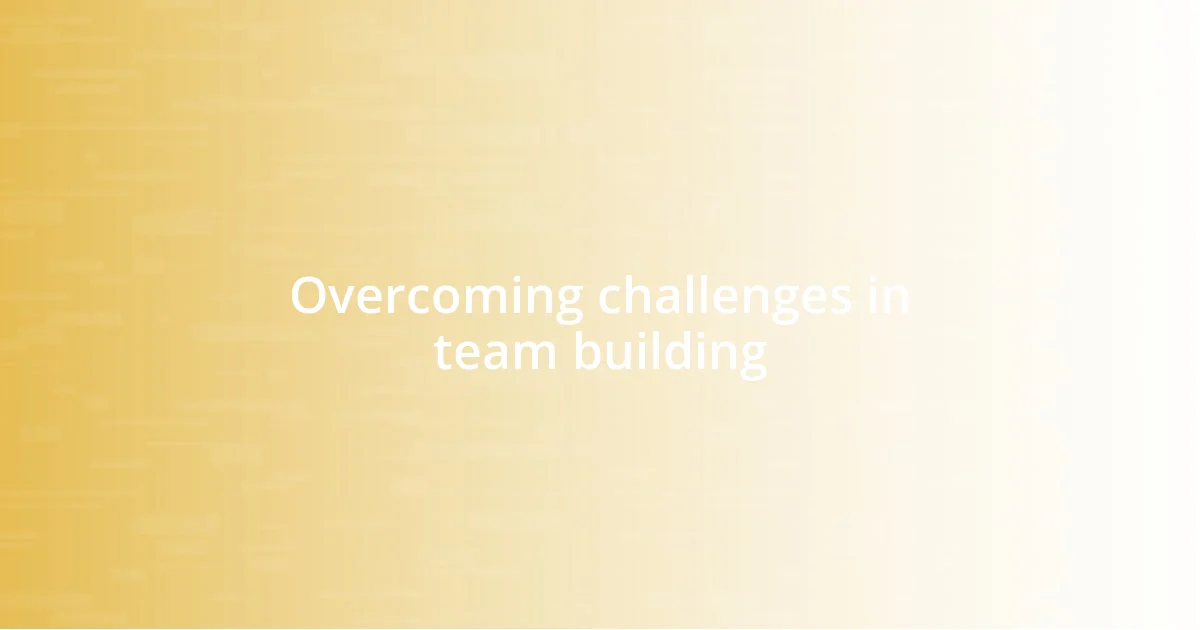
Overcoming challenges in team building
One of the most significant challenges I’ve encountered in team building is the initial resistance from members to open up. Often, individuals are hesitant to share their thoughts or feelings, fearing judgment or misunderstanding. I remember a time when we attempted to implement a feedback session. The first round was filled with awkward silence, but I consciously chose to go first and share my own vulnerabilities. This moment created a ripple effect—others started to express their challenges, and suddenly, a genuine conversation unfolded. Why do we hesitate to be vulnerable? I’ve found that embracing our weaknesses strengthens our connections.
Another difficulty I’ve faced is the clash of diverse personalities and communication styles. Each team member brings unique traits to the table, which can lead to misunderstandings if not navigated mindfully. In one instance, a quieter teammate had difficulty making her voice heard amidst more vocal colleagues. We introduced a “silent brainstorm” where everyone wrote down their ideas before discussing them as a group. The shift in dynamics was enlightening. Not only did quieter voices come forward, but it also allowed for more thoughtful contributions. It makes me wonder—how often do we overlook valuable insights simply because they’re not shouted from the rooftops?
Lastly, maintaining momentum in team-building efforts can be daunting. I’ve seen teams start strong but then fall back into old habits, diluting the sense of connection we worked so hard to cultivate. Recognizing this, I initiated a quarterly retreat where we reflect on our progress collectively. During these retreats, we revisit the mindful strategies that resonated with us while celebrating our growth and achievements. It’s those moments of reflection that rekindle our commitment. How do we keep the fire alive in our team’s spirit? I truly believe that regular checkpoints fortify our bonds and ensure that we remain on track together.
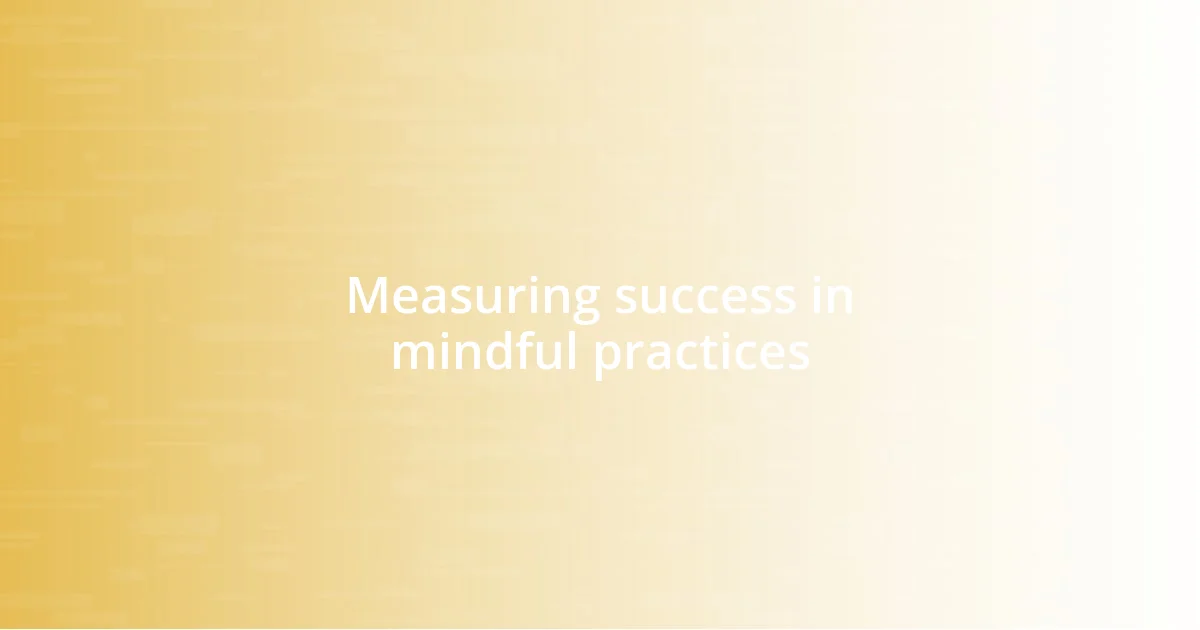
Measuring success in mindful practices
Measuring success in mindful practices can sometimes feel abstract. For me, one tangible metric is the palpable shift in team dynamics. I recall one meeting where we used reflective listening techniques, and the atmosphere transformed completely. It was like flipping a switch—communication flowed seamlessly, and you could almost feel the weight of misunderstandings lift. How can we accurately capture such moments? I often find that observing changes in how team members interact offers incredible insight into the effectiveness of our mindful practices.
Another aspect I pay attention to is engagement levels during activities. One particularly enlightening experience was when we held a guided meditation session. Initially, participants were skeptical, but by the end, you could see their expressions soften, and some even lingered to share their thoughts. This organic enthusiasm doesn’t just signal interest; it’s a sign that mindfulness is taking root within the team. I can’t help but wonder—are we measuring not just attendance, but also the emotional shifts that come with these practices?
Finally, I believe that feedback is a cornerstone of assessing success. When I introduced a brief check-in after our mindfulness practices, the insights were revealing. Some team members expressed that they felt less stressed and more focused, while others noted deeper connections with colleagues. This prompted me to ask—how do we ensure that everyone’s voice is heard in this feedback loop? I’ve learned that every bit of feedback not only highlights the impact of mindfulness but also shapes our future practices in a way that genuinely reflects the team’s evolving needs.
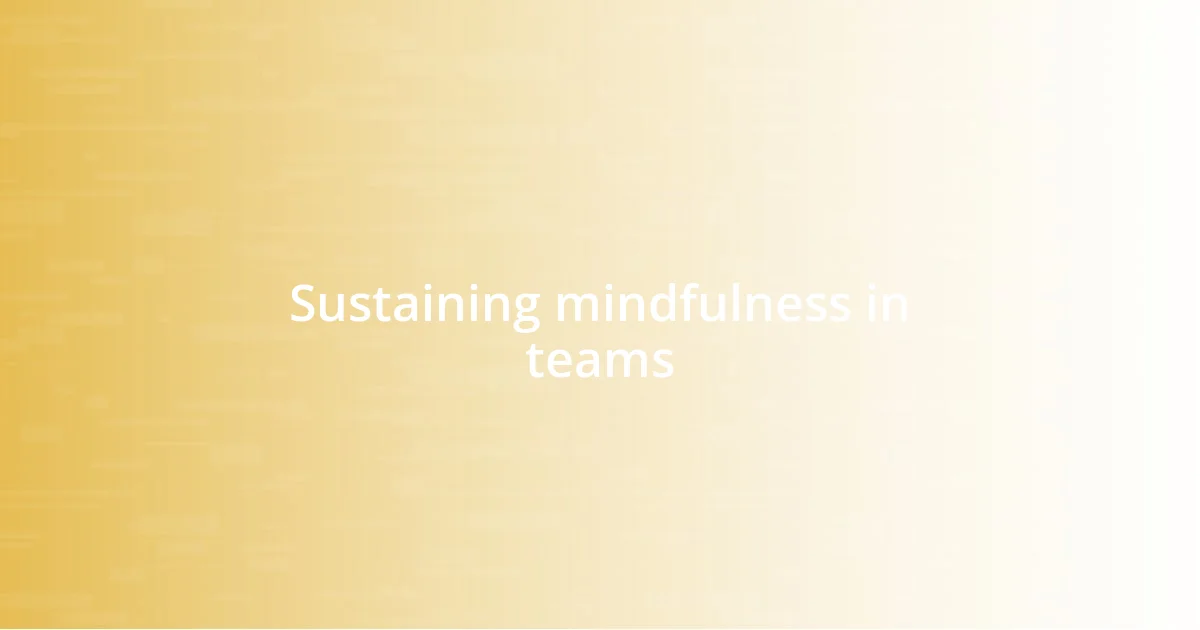
Sustaining mindfulness in teams
Sustaining mindfulness within a team is a continuous journey, not a one-time event. I remember implementing a daily five-minute mindfulness break during our morning meetings. Initially, there were raised eyebrows, as some team members were skeptical. However, over time, I noticed a shift; more folks began arriving early, eager to share their experiences in these moments. Why is it that such a simple practice can create a profound sense of community? From my perspective, it’s a reminder that we are all in this together, fostering an environment where everyone feels valued and connected.
In my experience, it’s crucial to integrate mindfulness seamlessly into team routines. One day, after a particularly hectic project cycle, I suggested we incorporate a “gratitude round” at the end of each week. Each member shared something they appreciated about a colleague or the team’s efforts. I still recall the warmth in the room as compliments flowed. It was uplifting to see how recognizing each other’s contributions fortified our bonds. How often do we pause to appreciate those around us? It’s in these moments that true mindfulness thrives, encouraging teamwork and support.
Regular check-ins can also play a significant role in sustaining mindfulness. I once started a monthly “mindfulness dialogue” where we openly discussed our experiences with team dynamics and personal insights. The first session was filled with uncertainty, but then one brave colleague began sharing her challenges. What surprised me the most was how her vulnerability encouraged others to open up too. That evening, as we shared our stories, I witnessed a transformation—authentic connections emerging from our shared struggles. How powerful it is when we create space for honest conversations! This practice not only strengthens our team but also cements a culture of mindfulness that endures.










